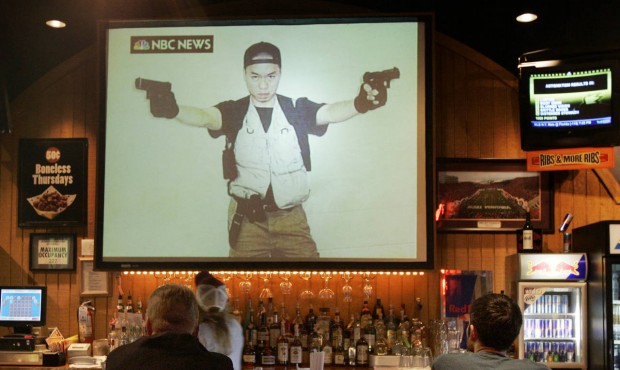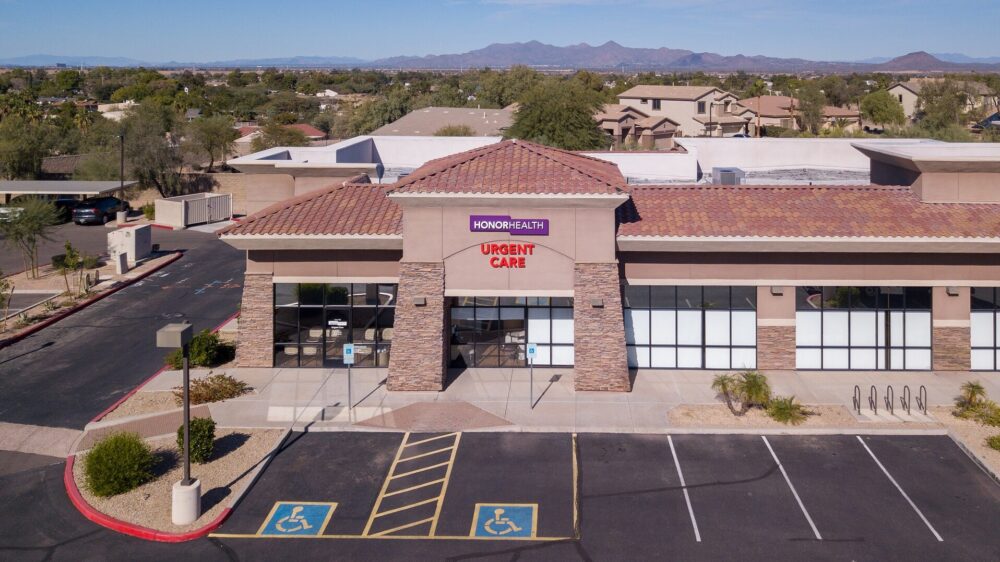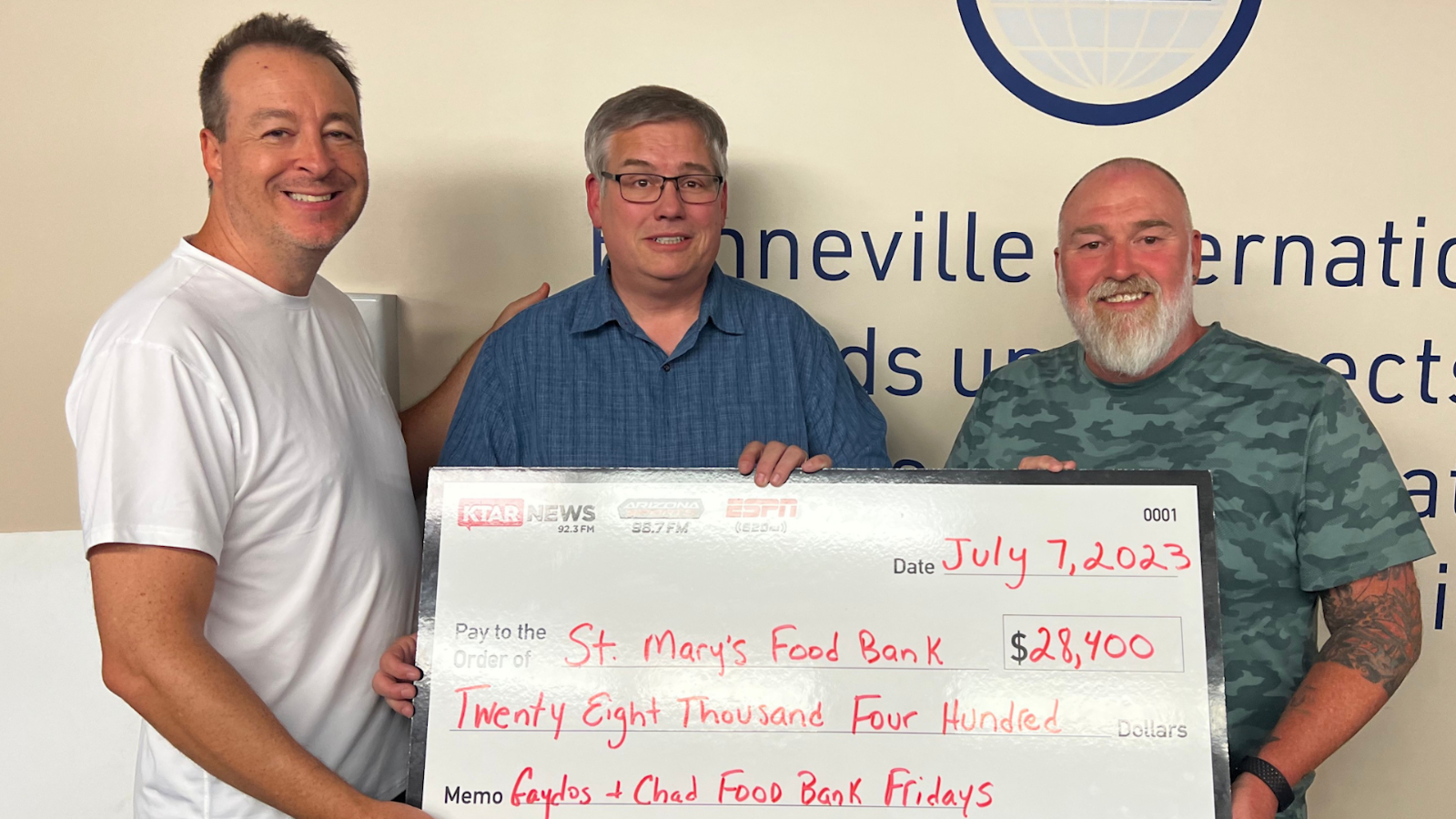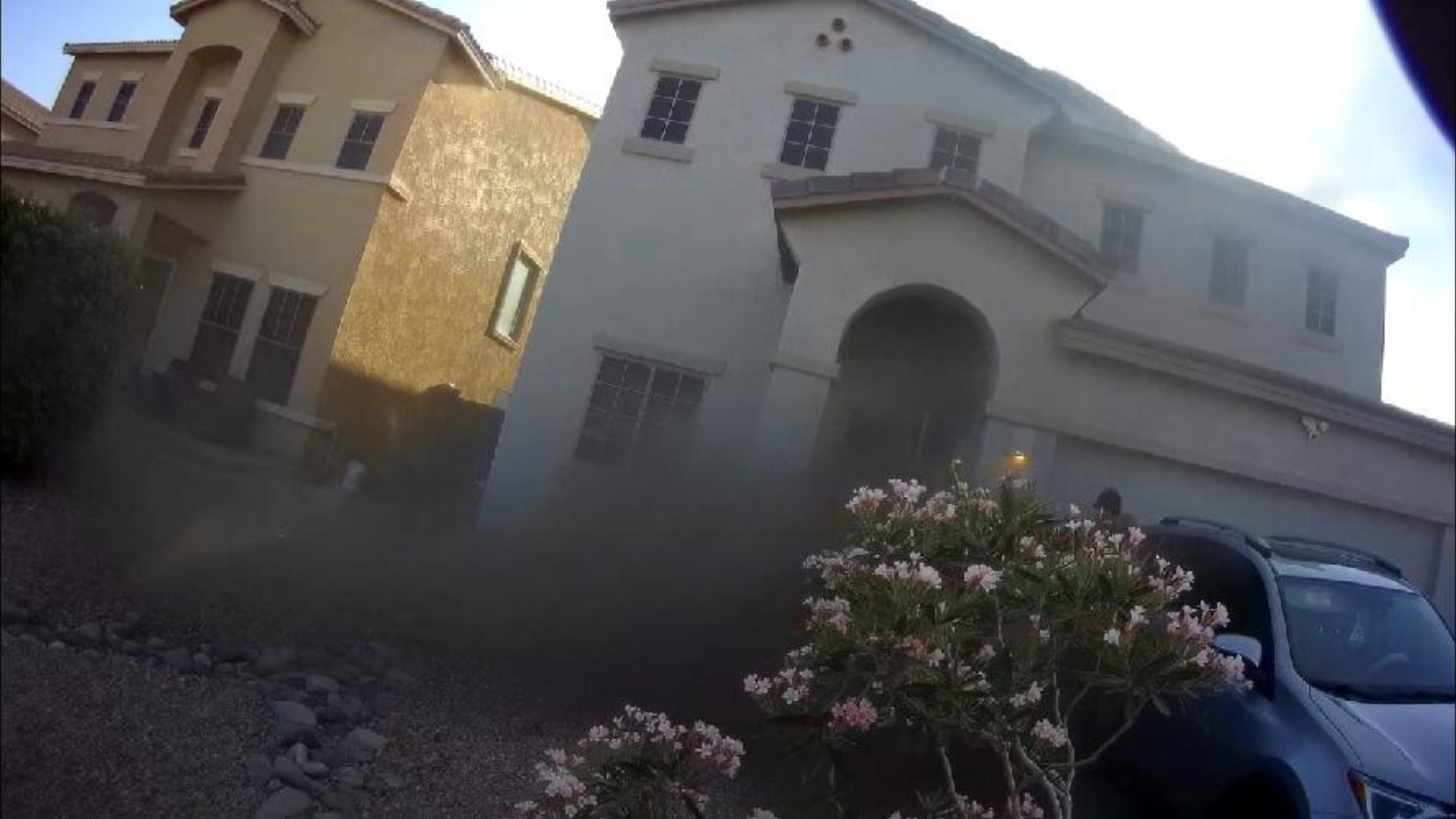Mental health experts respond carefully to mass killings
Jul 27, 2015, 2:48 PM

FILE - In this Wednesday, April 18, 2007 file photo, customers look at an image of Virginia Tech gunman Cho Seung-Hui broadcast on NBC Nightly News in a local restaurant in Blacksburg, Va. Cho mailed a package to NBC that contained photos of him brandishing guns and video of him delivering an angry, profanity laced tirade. While mass killing incidents seize public attention, there's far less focus on the serious, systemic problems besetting America's mental health system, says Jeffrey Swanson, a professor of psychiatry at Duke University School of Medicine. (AP Photo/Amy Sancetta)
(AP Photo/Amy Sancetta)
NEW YORK (AP) — One psychiatry professor calls it “the conversation we’re stuck with,” a teachable moment growing out of horror.
Each time mental illness is cited as a possible factor in a high-profile mass killing, there’s a collective sigh among mental health professionals. Even as they see an opportunity for serious discussions of problems and remedies, they also worry about setbacks to their efforts to destigmatize mental illness.
“Most people who suffer from mental illness are not violent, and most violent acts are committed by people who are not mentally ill,” said Dr. Renee Binder, president of the American Psychiatric Association.
If, hypothetically, everyone with mental illness were locked up, “you might think you were safe, but you are not,” Binder said.
According to the National Institute of Mental Health’s latest estimate, from 2012, there were an estimated 9.6 million adults in the U.S. — 4.1 percent of the total adult population — experiencing serious mental illness over the previous year.
“If you look at that large pool of people, only a tiny proportion of them will eventually commit violence,” Binder said. “How are you going to identify them? It’s like a needle in a haystack.”
Yet public perceptions can be hard to shake. Of the mass shootings of the past 10 years that are most ingrained in America’s psyche, the mental health problems of the perpetrator became a central part of the narrative in several cases — notably the rampages at Virginia Tech in 2007, at Sandy Hook Elementary School in Newtown, Connecticut, at an Aurora, Colorado, movie theater in 2012, and near the University of California, Santa Barbara, in 2014.
Just this month, a jury convicted James Holmes of 12 murders in Aurora, after a wrenching trial that delved deeply into his mental problems.
In two rampages recently, the perpetrators also have been described as mentally troubled. After the killing of four Marines and a Navy sailor in Chattanooga, the family of slain assailant Muhammad Abdulazeez said he had been in and out of treatment for depression starting as an adolescent. John Russell Houser, who killed two people and wounded nine before killing himself at a Louisiana movie theater last week, had a history of mental health issues, according to his family.
While these incidents seize public attention, there’s far less focus on the serious, systemic problems besetting America’s mental health system, says Jeffrey Swanson, a professor of psychiatry at Duke University School of Medicine.
“Forty percent of people with serious mental illness are going without treatment — our systems are fragmented and overburdened,” Swanson said. “When do we pay attention to this? We pay attention when there’s a horrifying mass casualty shooting, and then people say: Let’s fix the system.'”
That puts mental health professionals in a bind, Swanson said.
“We’re trying to debunk the stigma that people in the mental health system are dangerous, and yet refocus attention to how do we improve the system,” he said. “That’s the conversation we’re stuck with and we need to use it to educate the public that the vast majority of people with mental illness are not violent.”
Swanson and many of his colleagues, while committed to combatting stigma, acknowledge that some people with serious mental illness are more likely to commit violence than people who are not mentally ill.
“There’s a long way to go in developing treatment that works for more people,” he said. “It’s not just about getting better medications — it’s about providing the supportive services, jobs, access to housing.”
Swanson has been working with other researchers and mental health professionals on steps that could be taken to reduce access to firearms by people who pose a high risk of violence — whether or not those people have mental illness. By broadening firearms bans to include people who’ve been convicted of violent misdemeanors or domestic violence, Swanson believes public safety could be enhanced while avoiding further stigmatization of mental illness.
Another topic of concern pertains to sharing of information. After some of the recent mass killings, there were accounts of mental health professionals becoming aware that the eventual perpetrator might pose a threat, and questions about whether such information could be shared more effectively.
Renee Binder said some universities, aware of what happened at Virginia Tech in this regard, have formed threat management teams to evaluate possible risks posed by students and employees, and, if necessary, take appropriate steps to prevent violence. She said the teams generally include lawyers, law enforcement officials and mental health professionals; their options include putting a potentially violent individual under close observation and arranging protection for potential targets.
As for individual psychiatrists, accepted protocol obliges them to take action if they believe patients pose an imminent threat of harm to themselves or others. If the level of threat is difficult to evaluate, a psychiatrist should consult with a colleague in a way that does not violate patient privacy, Binder said.
Binder says early intervention can be crucial in enabling a person to get proper mental health treatment before problems get out of control. To this end, the American Psychiatric Association has presented a program called “Typical or Troubled” in more than 2,000 schools nationwide. It aims to train teachers to notice early warning signs and, if warranted, make referrals.
Paul Gionfriddo, CEO of the advocacy group Mental Health America, says school officials and other adults should think carefully about how to respond when young people do exhibit behavioral problems.
“They are frequently suspended or expelled from school, and the isolation that begins then contributes to further isolation as an adult,” he said. “What these kids need is even greater socialization at this time in their lives.”
In states where mental illness was clearly a factor in high-profile violence, steps have been taken to improve mental health programs, but not always as aggressively as advocates and victims’ families had hoped.
In Connecticut, after disturbed gunman Adam Lanza shot 20 children and six educators in Newtown, some new mental health services for high-risk populations were implemented, as well as an anti-stigma campaign meant to encourage people to seek treatment. There was some debate this spring over funding levels, but Gov. Dannel P. Malloy’s administration contends that Connecticut has one of the best-funded public mental health systems in the country.
Colorado responded to the Aurora rampage with a $20 million expansion of mental health services, including a 24-hour hotline and a dozen new drop-in crisis centers. According to Rocky Mountain Crisis Partners, which runs the hotline service for the state, it has received more than 53,000 calls since Dec. 1, 2014.
In Virginia, debate about mental health has been affected by two high-profile incidents. Seung-Hui Cho, the gunman who massacred 32 people at Virginia Tech, had been ordered into outpatient treatment prior to his 2007 rampage. And in 2013, Gus Deeds, the son of state Sen. Creigh Deeds, stabbed his father and then killed himself hours after he was released from emergency custody because mental health officials couldn’t find an available psychiatric bed.
Since then, a panel has been formed to study Virginia’s mental health system, and emergency mental health services have been bolstered. But Deeds and his allies are frustrated that Republican legislators have blocked the state from expanding Medicaid, a step which would enable large numbers of low-income people to obtain mental health care.
“We know there are tens of thousands of people who are walking time bombs — probably more dangerous to themselves than anyone,” Deeds said. “I want to make sure that anyone who needs care receives it.”
___
A previous version of this story has been corrected to reflect that although a judge authorized the detention of John Russell Houser for a hospital mental evaluation, she did not order his involuntary commitment.
___
Follow David Crary on Twitter at http://twitter.com/CraryAP
Copyright © The Associated Press. All rights reserved. This material may not be published, broadcast, rewritten or redistributed.









